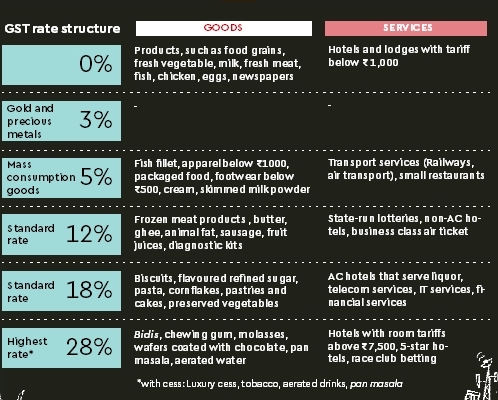900 319 0030
enquiry@shankarias.in
Click here to understand the basics of GST
Why in news?
Goods and Services Tax (GST), a historic tax reform, comes into effect today.
What are the basic changes?

What are the advantages?
What are the problems?
What should be done?
Source: The Hindu, The Indian Express